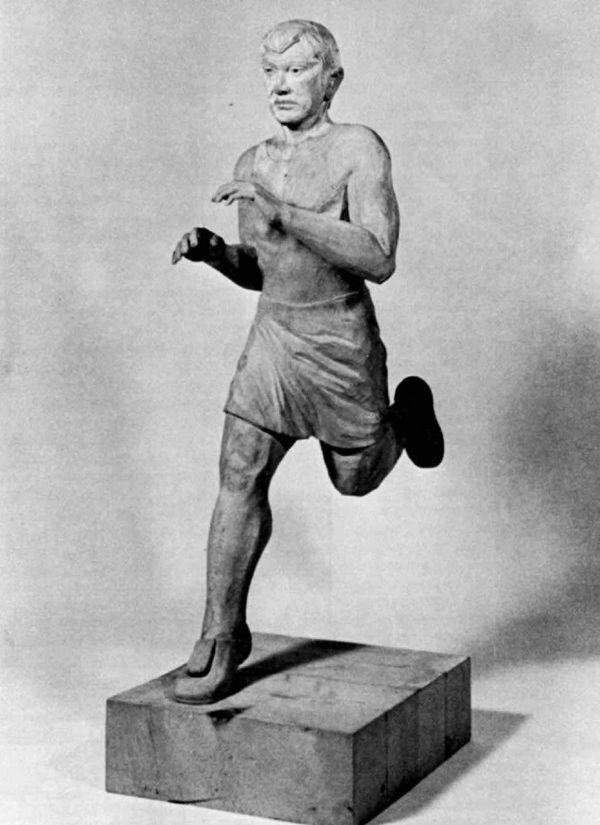
Synopsis: From a practical standpoint, writes Robert L. Buyer, effort spent in the design phase is made up during the execution phase by eliminating mistakes and rework. If the project is to be successful and fulfilling, however, some of this enthusiasm and energy must be channeled into the design effort. He talks about where to begin, what form to use, what wood to use, and how to finish your work. He discusses issues including how the piece will be held during carving and how to support the carving — and then how to ensure that the questions asked during planning result in actually starting a project.
It has been said that sculpture is the measure used by archaeologists to determine the cultural level of past civilizations. This statement always humbles me and makes me want to produce sculpture of the highest possible quality. Not that my woodcarving will ever find a niche in the great museums of the world, but I sincerely hope my work will be a reasonable statement of some of the concerns of the twentieth century. To this end the design phase of a woodcarving project takes on added importance.
From a practical standpoint, effort spent in the design phase is made up during the execution phase by eliminating mistakes and rework. Having decided to embark upon a woodcarving project, there seems to be a lot of emotional pressure to hurry into making chips. If the project is to be successful and fulfilling, however, some of this enthusiasm and energy must be channeled into the design effort. Some key decisions need to be made before the project is begun. How well we make those decisions could determine the effectiveness of the resulting piece. We are all familiar with sculpture and carvings that, although beautifully executed in certain respects, are lacking in design cohesiveness.
Where do you begin designing a woodcarving?
If you are a professional woodcarver working with an architect, you receive sketches and specifications which describe the environment for the sculpture, the theme or message to be conveyed by the sculpture, and possible sketches suggesting the form of the sculpture. Unfortunately, most of us who are carving for our own enjoyment, or even for a specific exhibit, do not begin with architectural specifications. So we must begin by determining our own specifications, and that can sometimes be difficult to decide.
What’s the theme or objective of the woodcarving? Is it to evoke smiles or to inspire some emotion? Where will it be placed? Should the carving hang from a wall or ceiling, or rest on the floor or on furniture? If we can determine a spirit and setting for the carving, we can then go on to make the first design decision: form.
From Fine Woodworking #1
For the full article, download the PDF below:
Fine Woodworking Recommended Products

Suizan Japanese Pull Saw

Stanley Powerlock 16-ft. tape measure























Log in or create an account to post a comment.
Sign up Log in